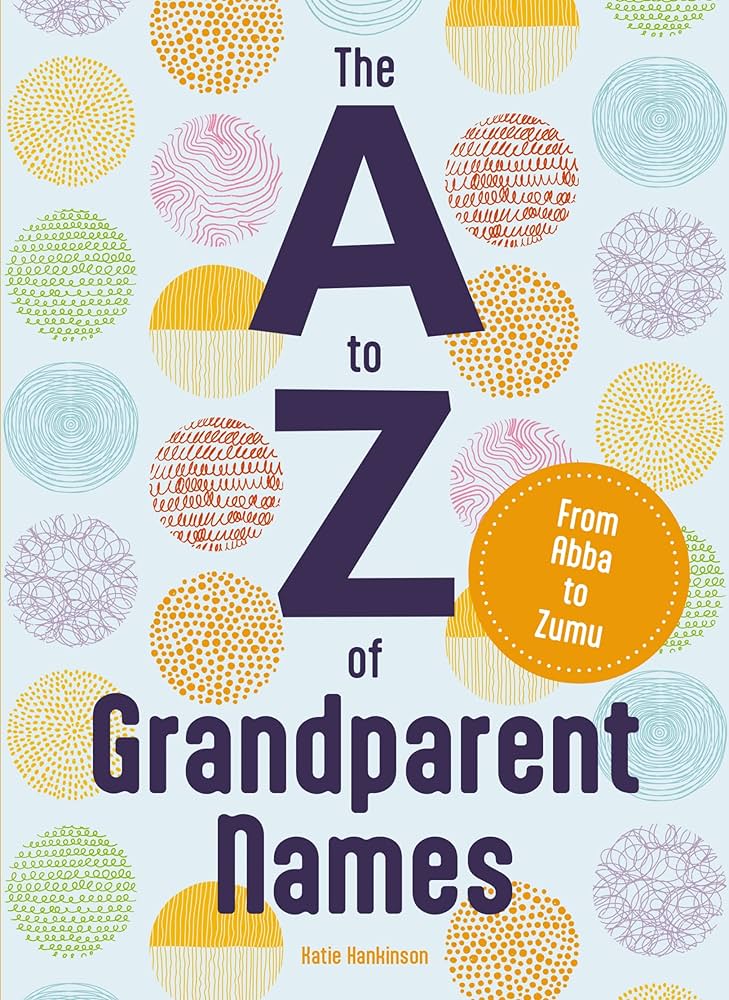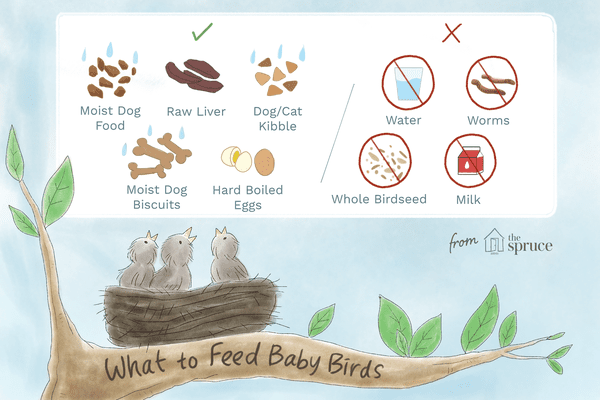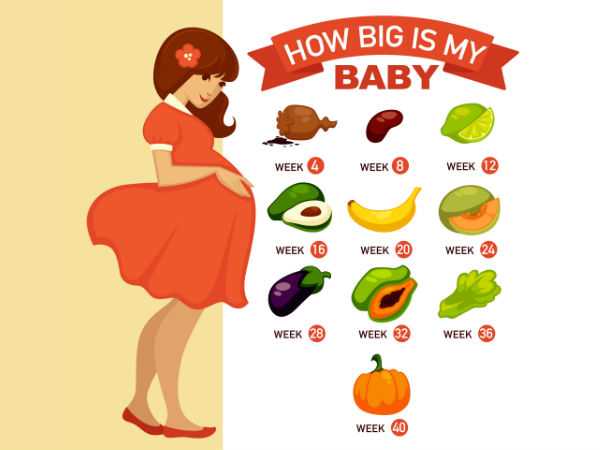Best 90s Family Movies: A Nostalgic Journey into Childhood and Cultural Memories
Immerse yourself in the enchanting world of 90s family movies, where nostalgia intertwines with cultural significance. These cinematic gems shaped childhood experiences, leaving an enduring legacy that continues to resonate today. From heartwarming family dynamics to thrilling adventures and thought-provoking social commentary, 90s family movies offer a captivating exploration of the human experience.
Prepare to revisit iconic films that defined an era, showcasing the complexities of family life, the power of imagination, and the enduring bonds that unite us. Join us as we delve into the cinematic treasures of the 90s, exploring their cultural impact, storytelling techniques, and lasting influence on generations of viewers.
Nostalgia and Cultural Impact
The 90s family movies have a unique place in our cultural memory. They shaped our childhood experiences and helped define the era. These movies captured the zeitgeist of the time, reflecting the values and aspirations of a generation.
Some of the most iconic 90s family movies include Home Alone, Mrs. Doubtfire, Jurassic Park, and The Lion King. These films were huge box office successes and have become beloved classics. They continue to be enjoyed by audiences of all ages, even today.
Enduring Appeal
There are several reasons why 90s family movies have such enduring appeal. First, they are simply well-made films with strong stories, memorable characters, and beautiful visuals. Second, they evoke a sense of nostalgia for a simpler time. Finally, they offer a sense of comfort and escapism, providing a much-needed break from the stresses of everyday life.
Reflection of the Zeitgeist
90s family movies also offer a valuable glimpse into the zeitgeist of the time. They reflect the values and aspirations of a generation that was coming of age in a rapidly changing world. These movies celebrated the importance of family, friendship, and community. They also explored the challenges of growing up and finding one’s place in the world.
Family Dynamics and Relationships
90s family movies were a melting pot of family dynamics, reflecting the changing social landscape of the time. They explored the complexities of love, conflict, forgiveness, and the enduring power of family bonds.
From the heartwarming tale of Mrs. Doubtfire to the dysfunctional yet endearing Addams Family, these films showcased a diverse range of family structures and relationships.
The Importance of Family Bonds
90s family movies often emphasized the importance of family bonds, highlighting how they can provide strength, support, and a sense of belonging.
- In Home Alone, Kevin McCallister’s initial fear and loneliness turn into a sense of empowerment and resilience as he protects his home from burglars, proving that even the youngest members of a family can make a difference.
- The Sandlot celebrates the power of friendship and the bonds formed between a group of young baseball players, showcasing how these relationships can shape and support individuals as they grow.
Love and Conflict
While 90s family movies often depicted the love and support within families, they also explored the complexities of conflict and forgiveness.
- Mrs. Doubtfire delves into the complexities of divorce and the challenges of maintaining a relationship with children while navigating the emotional turmoil of separation.
- The Addams Family embraces the idea that even the most eccentric and unconventional families can find love and acceptance, challenging societal norms and celebrating diversity.
Forgiveness and Reconciliation
90s family movies often explored the power of forgiveness and reconciliation, showcasing how even the deepest conflicts can be overcome with understanding and compassion.
- The Parent Trap highlights the importance of forgiveness and reconciliation between estranged parents, emphasizing the transformative power of love and family unity.
- My Girl deals with the complexities of grief and loss, exploring how a young girl comes to terms with the death of her best friend and finds solace in the support of her family.
Adventure and Escapism
90s family movies were renowned for their ability to transport audiences to fantastical worlds and thrilling escapades, offering a sense of wonder and excitement that resonated deeply with viewers. These films often featured imaginative settings, memorable characters, and heartwarming stories that allowed audiences to escape the mundane and immerse themselves in extraordinary adventures.
Captivating Settings
From the lush jungles of Jumanji to the enchanted forests of The Princess Bride, 90s family movies showcased a wide range of captivating settings that sparked the imagination and transported audiences to realms beyond their wildest dreams. These settings served as backdrops for thrilling adventures, epic battles, and heartwarming encounters, creating a sense of escapism that was both immersive and unforgettable.
Memorable Characters
The 90s was a golden age for memorable family movie characters, with iconic figures like Aladdin, Simba, and Harry Potter capturing the hearts and minds of audiences worldwide. These characters were often relatable, inspiring, and possessed unique abilities that allowed them to overcome challenges and achieve their goals. Their adventures and personal journeys resonated with viewers, creating a lasting impact that extended beyond the silver screen.
Heartwarming Stories
While adventure and escapism were key elements of 90s family movies, they were often intertwined with heartwarming stories that explored themes of family, friendship, and personal growth. These films taught valuable lessons about the importance of perseverance, compassion, and believing in oneself. They also celebrated the bonds between family members and friends, reminding audiences of the power of love and support.
Humor and Heart
90s family movies struck a delicate balance between humor and heart, creating a unique and engaging viewing experience. These films seamlessly blended comedic elements with emotional depth, leaving a lasting impression on audiences.
One of the key strengths of these movies was their ability to elicit both laughter and tears. They featured hilarious slapstick comedy, witty dialogue, and endearing characters that kept audiences entertained. At the same time, they explored heartwarming themes of family, friendship, and overcoming adversity, creating a sense of emotional connection.
Examples of Films that Effectively Blended Humor and Heart
- Home Alone (1990): This classic holiday film combines physical comedy and slapstick with a heartwarming story about a young boy who must defend his home from burglars.
- Mrs. Doubtfire (1993): This heartwarming comedy follows a divorced father who disguises himself as a female housekeeper to spend time with his children.
- The Sandlot (1993): This coming-of-age film explores the bonds of friendship and the power of imagination through the story of a group of boys who play baseball in the summer.
Cinematic Techniques and Innovations
90s family movies were not just about heartwarming stories and memorable characters; they also showcased innovative cinematic techniques that pushed the boundaries of filmmaking and left a lasting legacy on the industry.
From groundbreaking special effects to cutting-edge cinematography, these films utilized a range of tools to create immersive and unforgettable experiences for audiences.
Special Effects
The 90s witnessed a surge in the use of special effects, particularly in the realm of CGI (computer-generated imagery). Films like Jurassic Park (1993) and Terminator 2: Judgment Day (1991) set new standards for visual effects, creating realistic and awe-inspiring dinosaurs and liquid metal robots that captivated audiences.
Cinematography
Cinematographers employed innovative camera techniques and lighting to enhance the storytelling in 90s family movies. The use of Steadicam shots, for instance, provided smooth and fluid camera movements, adding a sense of dynamism and realism to chase scenes and action sequences.
Editing
Editing played a crucial role in shaping the pacing and emotional impact of these films. Quick cuts and rapid montages created a sense of urgency and excitement, while slow-motion shots and flashbacks allowed for moments of reflection and introspection.
Sound Design
Sound design was another key element that contributed to the immersive experience of 90s family movies. The use of layered sound effects, atmospheric music, and memorable soundtracks helped create a rich and engaging auditory environment that enhanced the storytelling and left a lasting impression on audiences.
Legacy
The cinematic techniques and innovations employed in 90s family movies continue to influence filmmakers to this day. From the groundbreaking special effects of Jurassic Park to the innovative editing of The Matrix (1999), these films left a lasting legacy on the industry, shaping the way we experience cinema and pushing the boundaries of storytelling.
Cultural and Social Commentary
90s family movies often mirrored and shaped the cultural and social landscape of the era. They tackled significant issues such as diversity, technology, and the evolving nature of family structures.
Diversity and Representation
Many 90s family films featured diverse casts, reflecting the increasing multiculturalism of society. Movies like “The Sandlot” and “The Mighty Ducks” celebrated inclusivity and highlighted the importance of accepting people from different backgrounds.
Technology and the Digital Age
The rise of technology in the 90s was a major theme in family films. Movies like “Honey, I Shrunk the Kids” and “The Parent Trap” explored the impact of gadgets and the internet on family life, raising questions about the balance between digital and real-world interactions.
Changing Family Structures
The traditional nuclear family was increasingly giving way to diverse family structures in the 90s. Films like “Mrs. Doubtfire” and “Father of the Bride” addressed the complexities of blended families, single parenting, and the evolving roles of women and men in society.
Legacy and Influence

The 90s family movies left an indelible mark on popular culture, shaping the tastes and preferences of generations to come. These films continue to be enjoyed and referenced today, inspiring remakes, sequels, and cultural phenomena.
Cultural Impact
- 90s family movies popularized certain genres, such as the family comedy and the animated adventure.
- They introduced memorable characters and catchphrases that became part of the cultural lexicon.
- The films’ themes of family, friendship, and adventure resonated with audiences and continue to inspire.
Remakes and Sequels
The success of 90s family movies led to numerous remakes and sequels, including:
- The Lion King (2019)
- Toy Story 4 (2019)
- Jumanji: Welcome to the Jungle (2017)
Cultural Phenomena
Some 90s family movies have become cultural phenomena, inspiring theme park attractions, video games, and merchandise:
- Harry Potter
- Star Wars
- Jurassic Park
Q&A
What makes 90s family movies so special?
90s family movies hold a special place in our hearts due to their nostalgic appeal, relatable characters, heartwarming stories, and ability to transport us to fantastical worlds. They captured the zeitgeist of the era, reflecting the values and aspirations of families during that time.
How did 90s family movies influence popular culture?
90s family movies had a profound impact on popular culture, inspiring countless remakes, sequels, and cultural phenomena. They introduced iconic characters, memorable catchphrases, and timeless stories that continue to be referenced and enjoyed by audiences today.
What are some of the most iconic 90s family movies?
Iconic 90s family movies include “Home Alone,” “Mrs. Doubtfire,” “Jurassic Park,” “The Lion King,” “Toy Story,” and “Jumanji.” These films showcased innovative storytelling, memorable characters, and universal themes that resonated with audiences of all ages.





